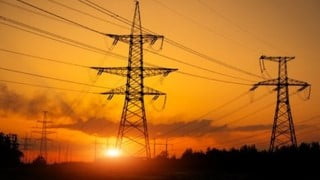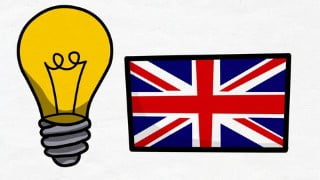NEBOSH-IGC- Element- 10 – Electrical Hazards and Controls
Learn about electrical hazards, controls, and safe maintenance of equipment in preparation for the NEBOSH IGC examination. Gain knowledge on fire principles, risk assessment, evacuation measures, and storage of flammable materials. Understand the properties of building materials and the protection of small openings. Discover the principles of electricity, hazards, and how to control them through suitable equipment selection and inspection procedures. This course is ideal for Mechanical, Electrical, Civil, Petroleum, Chemical Engineering, or B Sc Graduates.
What you’ll learn
- Students will learn Electrical Hazards and Controls and can prepare for the examination of NEBOSH IGC .
- Students will learn Safe Maintenance of electrical equipment
- Students will learn designing a correct wiring diagrams
- Students will learn how to install the special purpose equipment
- Students will identify the hazardous locations when they are using electrical equipment
- Students will learn how to operate the equipment safely in the work place.
- Learn basic fire principles, Fire Triangle, about the heat energy, about the fuel, Oxygen, classification of fires, class-A fires, class-B fires, class-C fires.
- Learn about class-D fires, class-F Fires. principles of heat transmission. Spread of fire, convection, conduction, radiation, direct burning.
- Learn about causes and consequences of fire. Fire risk assessment, Site plan. Hazards identification and assessment of risk , fire control identification
- Learn about evacuation measures, Emergency evacuation plan. Fire control measure measures. Storage of Flammable and Combustible Materials
- Learn about how to Control Ignition Sources? Safety Systems of Work, Fire precautions, Machinery and equipment fire hazards. House keeping.
- Learn about storage of flammable liquids, Preventive Measures, fire doors failures, Preventive measures, Automatic fire doors, Failure of fire door.
- Learn about Properties of Common Building Timber materials. Materials. 4 ‘T’s . What is fire resistance of Timber. What is the fire retardant timber?
- Learn about the process of fire retardant timber. Construction materials, steel frames, reinforced concrete frames, bricks, building blocks.
- Learn about building boards, plaster and asbestos boards, building slabs, stones. Granites, lime stones, sand stones,
- Learn about glass protection, fire installation materials, lime, paint, plastics materials, Thermosetting plastics and thermo setting plastics..
- Learn about protection of small openings and voids. Fire detection and fire fighting equipment, principles of alarm system and control panel, rotary gongs.
- Learn about hand strikers, hand bells, whistles, air horns. Hit gongs. Public address system. Manual electric alarm system. Automatic fire detect alarm system
Show moreShow less
The course content is as follows:
Principles of Electricity
Voltage- Current- Resistance- Basic Electrical Circuits
What is electricity? The keywords in electricity, like Voltage, Wats, ampere, Resistance. Single-phase, triple-phase. The International System of Units. Relationship between voltage, current and resistance. Voltage and voltage drop. What is Electrical potential? How short circuits occur. What are Earthing system and its purpose? What are Direct and Alternative Currents? Components of the electrical circuit.
Electricity Hazards
Electric Shock- Electric Burns- Causes of Electrical Fires- Portable Electrical Equipment hazards- Other Hazards
Different types of Electricity Hazards. The current shock affects the body. How to protect the electric shock victim? electric shock direct burns and indirect burns. Causes of electric fires. Different types of electrical fires. Selection of portable electrical equipment.Hazards of portable equipment. How to prevent accidents?
How to Control Hazards
Selecting Suitable Equipment- How to Protect the Electrical System- Electrical Inspection and Maintenance Procedures.
How to control electric hazards? Selection and suitability of equipment.cable connectors. Electrical protective equipment. Circuit Breakers and different types of Fusewires. What is isolation and switch off? Use of Low voltage system, and Safety Extra Low Voltage system. What are the Residual Current Devices? Cable insulations and safety. Inspection and Maintenance of Electrical Equipment.Operators responsibilities. Inspection methods and what to inspect? Inspection and testing records.
Who this course is for:
- Degree or Diploma in Mechanical, Electrical, Civil, Petroleum,Chemical Engineering, or B Sc Graduates.
User Reviews
Be the first to review “NEBOSH-IGC- Element- 10 – Electrical Hazards and Controls”
You must be logged in to post a review.







There are no reviews yet.